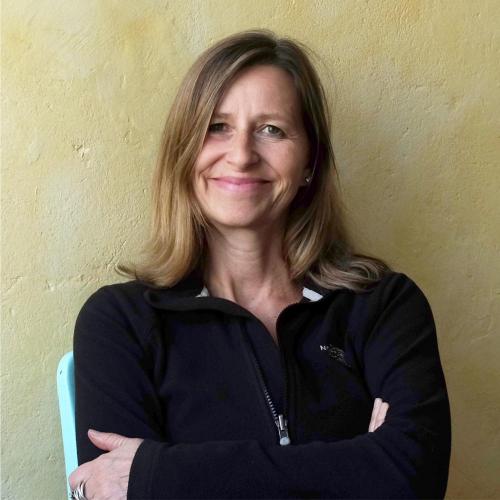Living time capsules
Short profile
Duration
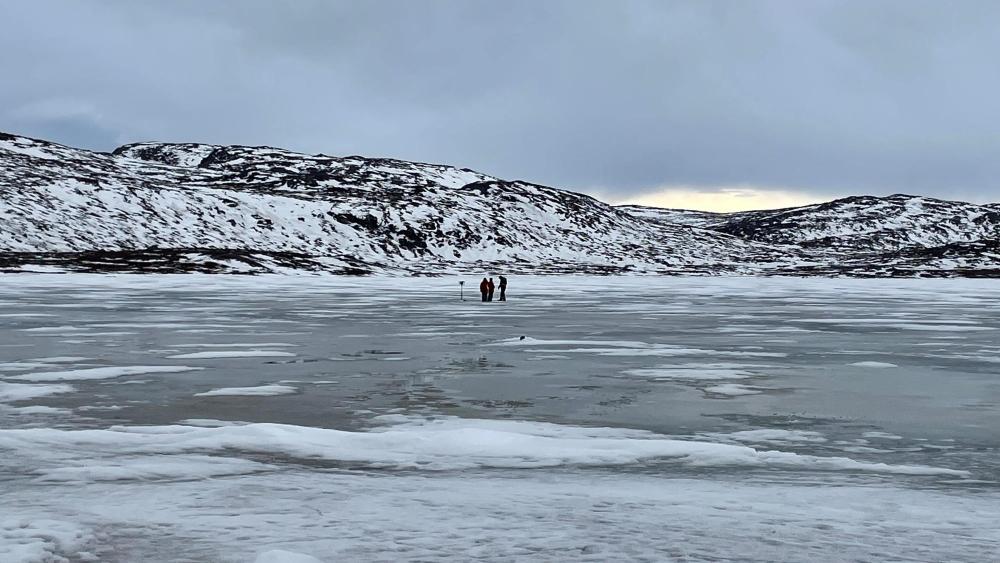
Braya Sø, Southwest Greenland in April 2022 © James Shilland
The Arctic has been warming three to four times faster than the globe in the past decades. The impacts are particularly severe in Arctic freshwater systems, which serve as sentinels for climate change. In these higher latitudes, lake populations of the water flea Daphnia, a freshwater keystone grazer, are mainly polyploid obligate parthenogens (OP). A deeper understanding of the molecular adaptation in the asexual polyploid keystone grazer Daphnia prevalent in the Arctic is imperative given the rapidly increasing impacts of climate change in this region. This population-level research is applying a spatio-temporal framework to study evolutionary adaptation of the asexual polyploid Arctic Daphnia pulicaria to the effects of climate change in South-West Greenland. The project aims to explore the spatio-temporal population structure of Arctic Daphnia at the genomic level to determine the relative importance of dispersal and local rescue of asexual populations in the study area, to experimentally test the existence of local adaptation to salinity, a major environmental gradient in the study area, and to explore the role of DNA methylation patterns for the observed phenotypic differences and thus for the evolutionary adaptation of obligately asexual Daphnia lineages.
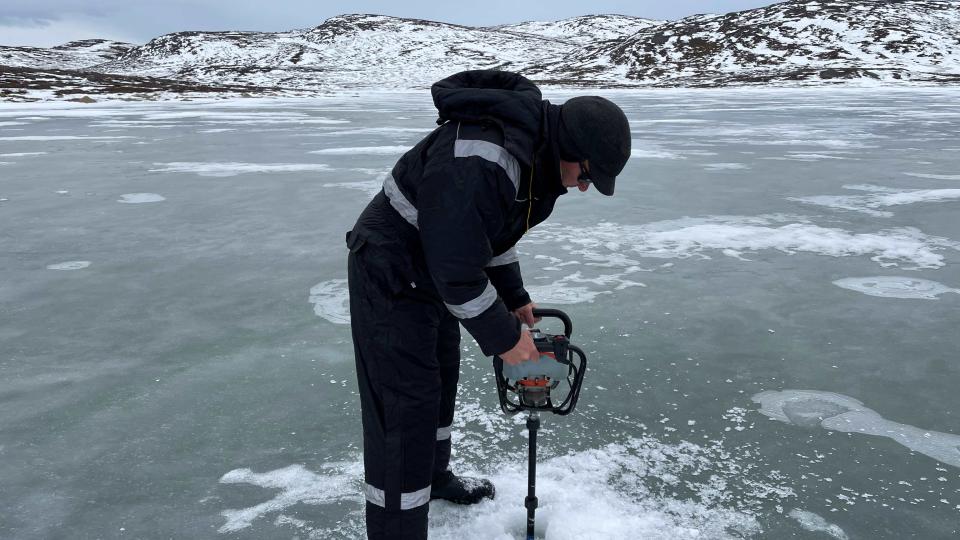
John drills a hole through 50 cm ice for coring in Braya Sø © Dagmar Frisch
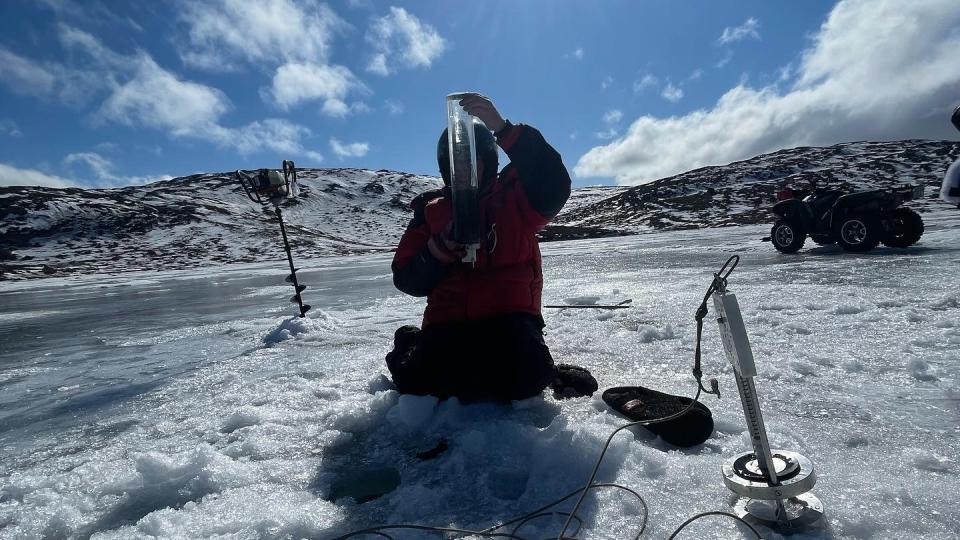
James on Lake SS85 © Dagmar Frisch

Athena collects Daphnia from Braya Sø © James Shilland
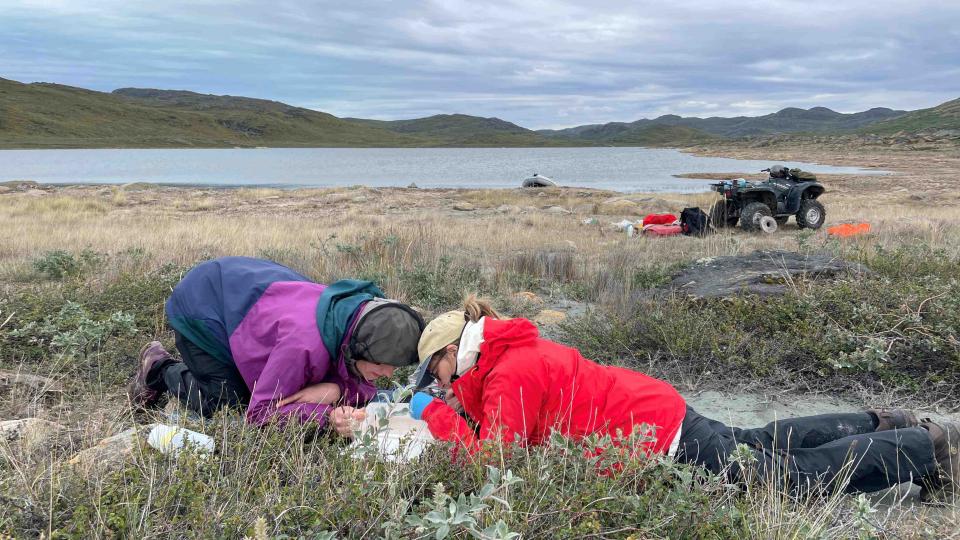
Picking live Daphnia © Athena Karapli-Petritsopoulou
Prof. Dr. N. John Anderson, University of Loughborough, UK
Dr. Dörthe Becker, Naturschutzstation Niederrhein (NABU Kleve)
Dr. Marcin W. Wojewodzic, Norwegian Institute of Public Health, Norway
James Shilland, University College London, UK
Prof. Dr, Terry McGenity, University of Essex, UK
Deutsche Forschungsgemeinschaft (DFG)


